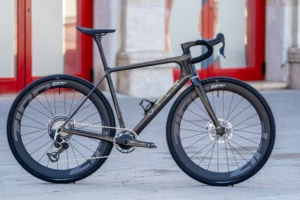It seems as of recently bikepacking is becoming more and more popular as a form of bicycle travel. I know for me personally with my bike travel journey I started out back in 2016 falling in love with bicycle touring as a means to gain a untouched sense of freedom I never knew I could have while travelling. But since then I am making a transition from a more traditional touring style of riding to something that encapsulated this phenomenon called bikepacking. We are going to dive deep into the idea of both bikepacking and bicycle touring.
Bikepacking is a more minimalist style of travel, that generally is more adventure rich, off the well worn path, taking you through some secluded wilderness environments. The idea of Touring has been around much longer, and is a more traditional way to travel by bike. With fully loaded bike touring, it incorporates boxed shaped panniers on the rear and sometimes front of the bike with the use of racking systems attached to the bike. Taking you mostly on pathed roads all over the world.
Bike travel in general is a really cool way to see the world. Which though is the best way to see this beautiful world? Bike Touring or bikepacking? These are hard questions. How do they really compare to each other?
What is bikepacking?
Lets start with bikepacking and we will try and dissect it. There is no exact definition for both these styles of bike travel. However, if we look at bikepacking.com explanation they state; “Simply put, bikepacking is the synthesis of mountain biking and minimalist camping. It evokes the freedom of multi-day backcountry hiking, but with the range and thrill of riding a mountain bike. It’s about exploring places less traveled, both near and far, via singletrack trails, gravel, and abandoned dirt roads, carrying only essential gear. Ride, eat, sleep, repeat, enjoy!”
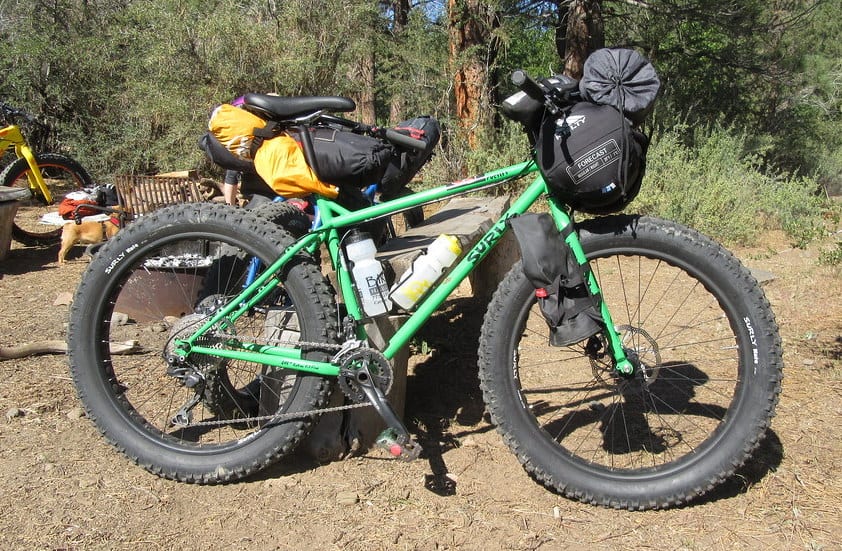
It is safe to say bikepacking can be broken down into three or even four main sub-categories:
- MULTI-DAY MOUNTAIN BIKING
- ULTRALIGHT, RACE, & GRAVEL
- EXPEDITION & DIRT TOURING
- MULTI-DAY ROAD BIKING
Multi-Day Mountain Biking
Is the core idea of bikepacking, as a mountain biker you pack bike bags on your MTB. And travel along trails for more then a single day ride, it can span from a overnight trip to something that is a week long or even longer there is no exact destination. Focuses on taking the bare essentials to sustain such a trip.
Ultralight, Race & Gravel
A self-supported style of racing or riding that become popularised from 2,745-mile bikepacking race, The Tour Divide. Since then many other races have began popping up around the US and the world. Attracting riders who how have less time to travel and explore, seeing the sites and more about getting to the finish line first. And in the process only bring very minimal amounts of gear, sacrificing a bit on comfort.
Expedition & Dirt Touring
This kind of bikepacking is my favourite, this is were a grey line is between the two worlds of bikepacking and touring. It is almost a combination of the both. This way of travel focuses on travelling through low traffic areas that are mostly untouched and remote. Where very little other travellers have been before. This is why this style of travel exceeds the traditional and cumbersome, 4 panniers setup that is touring. As you are able to travel with less restrictions and difficult in comparison.
Multi-Day Road Biking
I would say there is also another style of bikepacking that involves the similar idea to multi-day mountain biking but with your road bike. “Multi-Day road biking” if you will, which is were you pack again bike bags onto your road bike and extend what would have been a single day ride into a multiple day or even week’s long trip.
What is bicycle touring?

If we start with the WikiPedia definition of Bicycle Touring, it will help in identify what touring really is. “Bicycle touring means self-contained cycling trips for pleasure, adventure, and autonomy rather than sport, commuting, or exercise. Touring can range from single-to multi-day trips, even years.”
Bicycle touring for me, is riding a bicycle with a traditional rack system fixed to the bike, with panniers rear and sometimes front and a handle bar bag. And the bike is loaded with all the gear you could possibly need to travel all around the world self sufficiently. This type of riding tends to involve a heavier bike setup, with a more hybrid to road style of bike parts like tyres. You are able to have all the gear you could really need and the potential to take even more then you do need. (which is not recommended.) Touring generally takes you on mostly road and pathed terrain. And in my experience is less adventure rich, but that is subjective.
Furthermore, Bicycle touring has a number of sub-categories much like bikepacking does. If you want to read more about bike touring you should jump over to another post I published, HERE. It is a guide to bicycle touring bikes and how to find the right one for you.
But the three main sub-categories are:
- Guided Touring
- Self-Guided Touring
- Self-Supported Touring
Guided Touring
When you pay a bike tour company to ride with you in a group with other bike tourers. On a pre-planned route where there is often food and support given when needed. Generally during intervals throughout the day a van will meet up with the group offering food and bike maintenance. This type of travel includes planned accomodation where you stay each night.
Self-guided touring
Self-guide bicycle touring is very similar to the previous guided touring, that a bike tour company will plan out the routes and food and all other things for the tour. The difference is that you will be required to navigate the route on your own.
Self-supported touring
This is my kind of travel and is the much more popular type of bicycle touring amongst the community. You can travel solo or with someone else who also is carry all their own gear, You are completely independent and you must rely on your skills and knowledge to sustain your travels. Over many weeks, months or even years. You will need skills, to find food and water, to converse with people you meet on the road and plan your own routes. It is much less expensive in compression to the other forms of travel. As you are not paying for a company to do everything for you. You also get to go where ever you want, giving you total freedom.
Advantages of Bikepacking
- As bikepacking incorporates a more minimalist setup, you carry lighter loads, making it less physically demanding in mountainous and challenging environments.
- Due to the nature of bikepacking aerodynamics and lighter loads, you are generally able to ride faster then if you had a fully loaded touring bike.
- Since a bikepakcing setup, is narrower and higher of the grand then a touring setup, this is a plus when travelling on single track trails, avoiding bag strike.
- This point is subjective, but some may argue that a bikepacking setup is just cooler looking.
- If you are just starting out with bike travel, bikepacking is much more easier to get started in then touring. As the initial costs are less. As it is recommended to buy a proper touring bike for touring if you want to go a grand adventures, with bikepacking you should be fine with the MTB or bike that you all ready have. Plus buying bike bags is all the other gear you need and they are easier to install on your bike. Much less permanent to. You could spend only $150 on cheap bikepacking bags to get started. Perfect for someone on a bikepacking budget.

Disadvantages of Bikepacking
- As you can only take less gear then with a touring setup, bikepacking results in a cut of comfort.
- For someone like me who loves documenting my adventure and having to haul around camera gear, a drone, and extra technology that is not really essential otherwise. The option for bikepacking seems harder to execute.
- Packing gear takes much more thought. You really have to think about where all your gear will be packed on your bikepacking setup as you again are limited with storage. It is essential to have good organisation and over time you should develop a packing system to stay on-top of where everything goes.
Advantages of touring
- You are really not limited like you are with bikepacking with the amount of gear you can pack, allowing you to maintain more comfort on a extended adventure.
- Packing panniers is much easier then bikepacking bags. As you have these huge volume bags that you can just throw all your stuff in fairly quickly when you pack up camp.
- You don’t have to worry about resupply locations nearly as much when touring as you could store more then 10 days of food on a bike touring setup.
- It must, be said also that touring bike setups are cool looking to. From my experience anyway, when a stranger sees a loaded touring bike, it speaks adventurer! It says this person has been everywhere on that bike. And sparks interest for them to come over and start talking to you.

Disadvantages of touring
- This is the biggest reason for me, you may disagree. However, bicycle touring is not nearly as fun and adventure rich then bikepacking can be. Riding roads and putting up with traffic for over a few months can get monotonous. Don’t get me wrong I love touring but it seems that it lacks in the beauty and remoteness that can be reach while bikepacking.
- Again hauling heavier loads is a downside with a touring setup
- And the slower travel can be another reason. However the more you travel slow the more I seem to enjoy my time. Just sometimes I wish I can ride a bit faster.
Bikepacking bikes
- Hardtail & Rigid
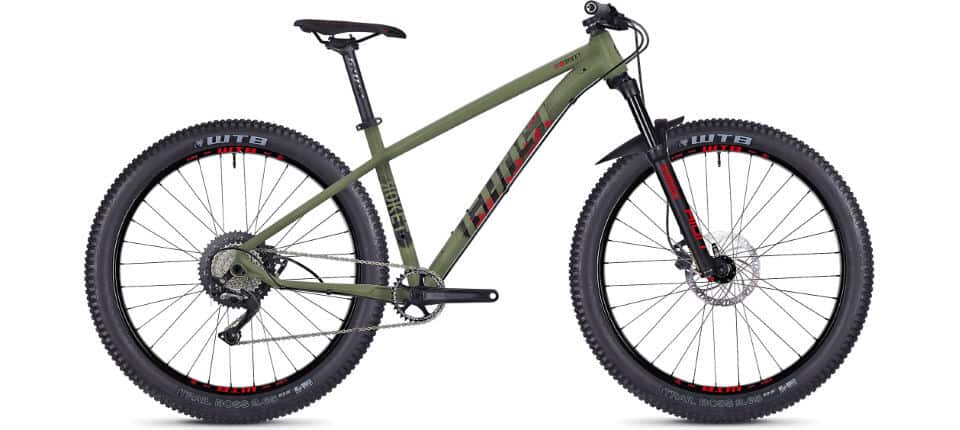
- Plus Bikes
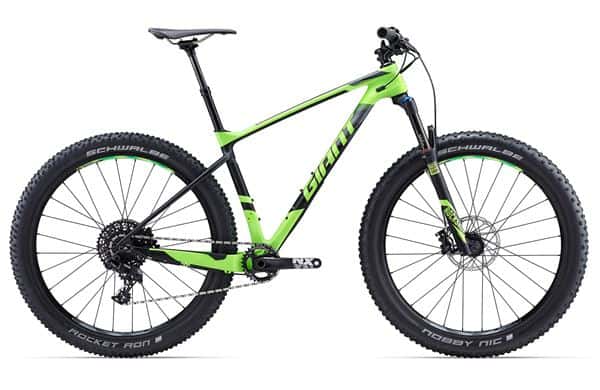
- Gravel & All-Road

- Full-Suspension
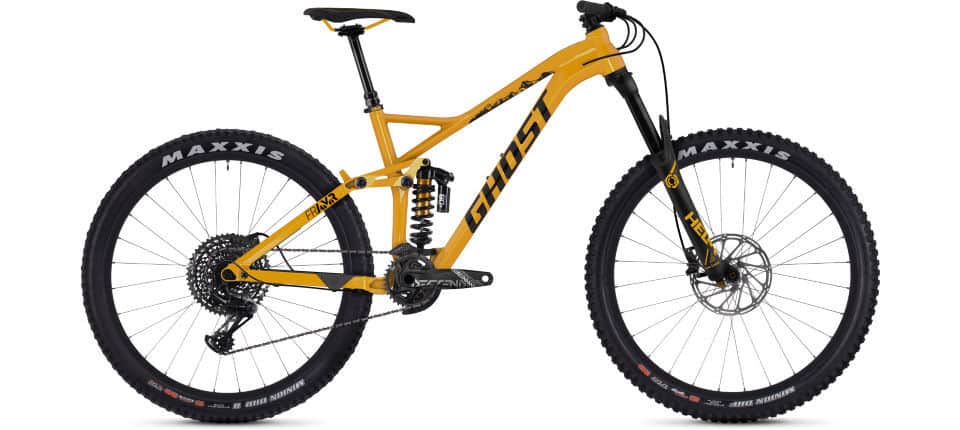
- Fat Bikes

Touring Bikes
- Commuter and Recreation Bicycles
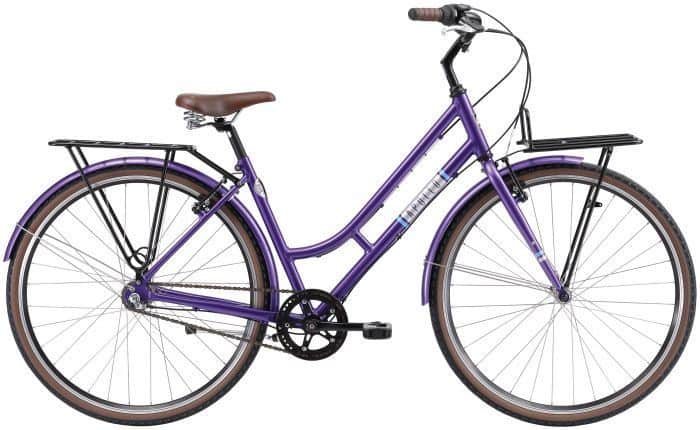
- Sport Touring Bicycles
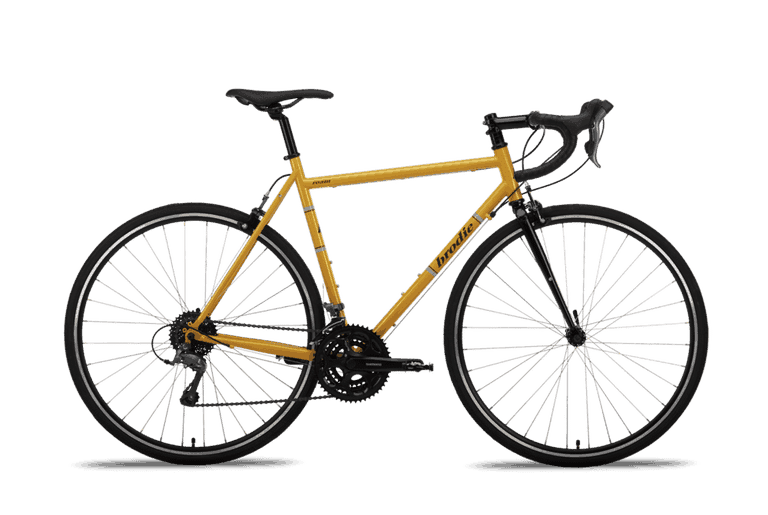
- Light Touring Bicycles
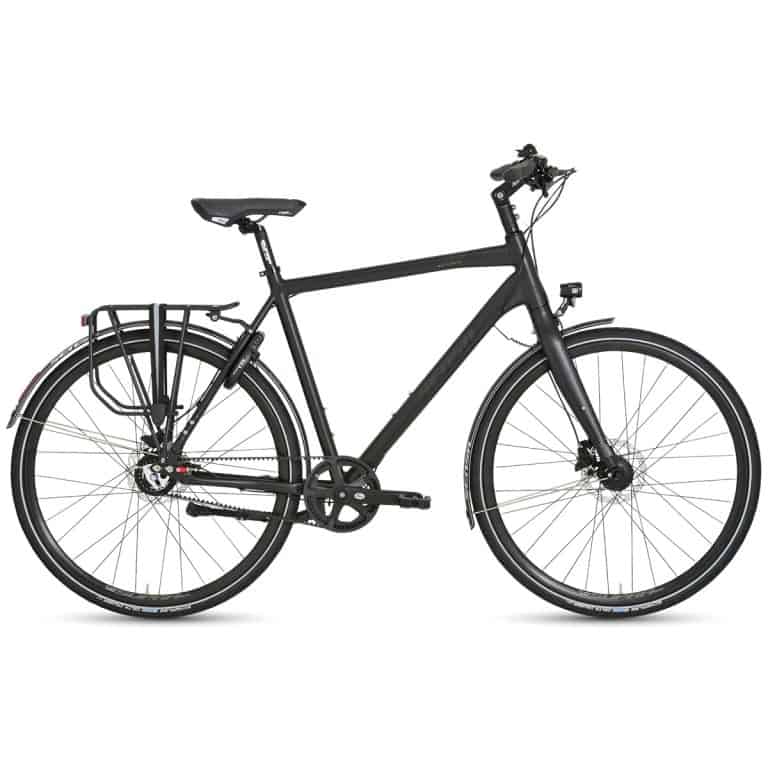
- Road Touring Bicycles

- Off-Road Touring Bicycles

- Recumbent Touring Bikes and Trikes

- Folding Touring Bike
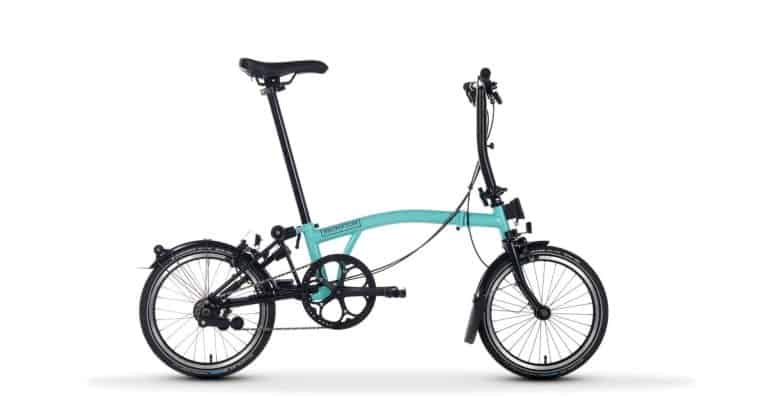
Bikepackings Growing Popularity
There are many reasons why bikepacking is so popular. One reson could be due to the popularity in the idea of ‘micro-adventures’. This is the idea of heading out on small trips close to your home when you get time away from your work. Connecting you back to nature, that is so often lost in todays working society. With the combination of these small trips and biking, that is were bikepacking comes in and people love it.
I love looking at data and statistics, so for a quick second lets have a look at how popular bikepacking is becoming with current trends. And we will compare the stats with bike touring. Using good old, trusty Google.



Without a doubt from the data above it is easy to see that bikepacking is currently more popular compared to bicycle touring.
But why is this?
With social media like Instagram it seems that there is a large amount of wanderlust pictures out there of people riding there bikepakcing setups from all over the world.
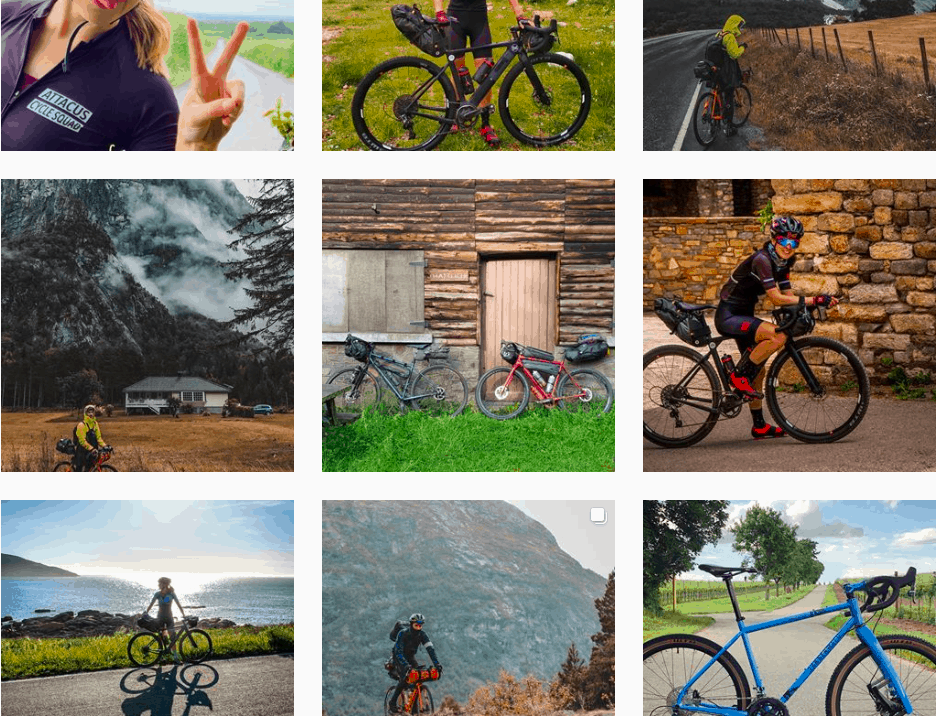
But it seems, people love the idea of just getting some bike bags and heading off on a weekend trip around your local area.
Bikepacking could be a way of attracting a younger crowd. I often hear cycle tourers mention that they wish they started bike travelling much sooner in life. And I can not help but wonder that it seems as though a majority of bike tourers are older people. And bikepacking is almost a re-branding that is pulling in a younger demographic of people and showing them that bike travel is for people of all ages.
Bikepacking is becoming so popular that bike companies are creating bikes based around this style of travel to. Marketing all different types of bikes.
History of bikepacking
Bikepacking is said to come from backpacking. Prior to the 17th and 18th centuries, the idea of travel was mostly perceived as a negative act, surrounded by the notion that for one to travel, he or she must be fleeing by foot from warfare, disease and tragedy. Not until the 17th century when European men would take on a grand tour before settling down and that it seems is when travelling became a form of education and excitement.
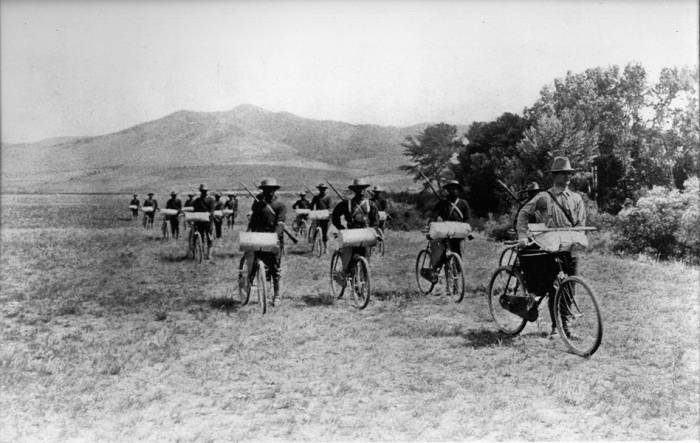
It was very interesting for me to go back in time and do research when writing this post about how far bikepacking has come.
The above picture shows the 25th Infantry at Fort Missoula, when they rode across the country on their bicycles in 1896-7.
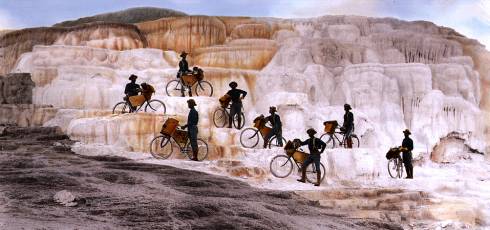
The above picture was, In 1896 the 25th Infantry rode, walked, and carried their bicycles cross country to Yellowstone Park, 500 miles from their Fort Missoula base.
What can you take?
Bikepacking Gear List
Below is a Gear List of the gear you may want to take on your next bikepacking trip. The only difference to a bicycle touring gear list. Is Bikepacking Packs with be replaced with panniers and a touring handlebar bag. And with a touring setup you may have some extra equipment.
- Bike
- Helmet
- Bikepacking packs (seat pack, handlebar pack, frame pack, etc.)
- Headlight
- Taillight
- Lightweight lock (opt.)
- Tent, tarp, bivy or hammock
- Guylines and stakes (if needed)
- Ground cloth (opt.)
- Sleeping bag
- Sleeping pad
- Pillow (opt.)
- Stove
- Fuel
- Mini lighter and stormproof matches
- Mug and/or pot
- Spork
- Water filtration system
- Purification drops or tablets
- Water reservoir or bottles with cages
- Wicking jersey or top
- Padded shorts or tights
- Sports bra
- Socks
- Bike shoes
- Rain jacket
- Rain pants
- Weatherproof gloves
- Stowaway wind jacket
- Insulation layer for cold conditions
- Buff/bandana/skullcap
- Arm/leg warmers
- Underwear
- Long-underwear top
- Long-underwear bottoms
- Warm hat
- Wool or synthetic socks for sleep
- Puffy insulated jacket or vest
- Ball cap
- Sandals (opt.)
- Map
- Compass
- Cellphone (opt.)
- Solar/portable charger (opt.)
- GPS (opt.)
- Personal locator beacon (opt.)
- Route description
- Permits
Bring only as much as you anticipate needing.
- Zip-top bags (varied sizes for waste, food, etc.)
- Sunscreen
- Lip balm
- Hand sanitizer
- Toothpaste
- Small toothbrush
- Biodegradable soap
- Toilet paper (2-4 squares per day)
- Pre-moistened wipes (2 per day)
- Sanitation trowel
- Menstrual products
- Women’s pee funnel
- Women’s pee rag (1/4 cotton bandana)
- Prescription medications
- Chamois cream
- Spare tubes
- Patch kit
- Compact pump or CO2 inflator with cartridges
- Tire levers
- Cycling multi-tool
- Replacement chain links
- Chain tool
- Lubricant
- Spare spokes
- Spoke wrench
- Brake cables and derailleur cables
- 6” adjustable wrench
- Assorted nuts and bolts
- General-purpose multi-tool
- Duct tape
- Zip ties
- Blister pads
- Gauze pads
- Bandages
- Antibiotic ointment (small packet)
- Pain-relief pills
- Splint
- Medical information/emergency contact card
- Meals
- Snacks
- Headlamp or microlight with fresh batteries
- Extra batteries
- Sunglasses
- Camera
- Watch
- Journal or sketchbook
- Pen or pencil
- Cash/credit card/ID
- Passport
- Itinerary copies
What I Personally Take on A Bike Travelling Adventure
Hike a Bike
It is safe to say that if you try using a fully loaded touring bike setup on a bikepacking style of terrain you are going to struggle. And when it comes time to hike a bike it will prove almost impossible to get your touring bike up steep sections due to the weight and cumbersome nature of a touring bike.
Terrain and Location, Where can you travel?
With bikepacking you could essential travel on any terrain, even the moon if you really want to. Terrain like soft sand, muddy, and very rocking environments is still possible, if not with standard MTB type tyres but with fat bikes. In comparison with bicycle touring you are quiet restricted to the types of places you can ride.
Some of the best bikepacking destinations
- Great Divide Mountain Bike Route (GDMBR)
- Trans Ecuador Mountain Bike Route (TEMBR)
- The BC Trail Bikepacking Route
- Bikepacking Japan
- Bikepacking Australia
Panniers vs Bikepacking bags
Bikepacking Bags
- More aerodynamic
- Better on rough roads and trails
- Great at distributing weight, frame bags, etc..
- No need for bikes that have rack mounts
Panniers
- Quick to remove from a bike
- Easy to carry off the bike
- Easy to organise
- Better equipped to fit odd-shaped objects
- More protective of laptops
Price difference between bikepacking gear and touring gear?
During my assesment I discovered that it is potentially much cheaper to undertake bikepakcing in comparison to touring. And this is one of the main appeals to newcomers who wish to start bike travel.
With a bikepacking setup you can use almost any bike you have, MTB or even a touring bike with MTB tyres if you wish. The main expense if you use the bike you already have is bike bags and camping gear. As mentioned above you can get a full set of bikepacking bags from china for around $150. And the camping and cooking gear you already will be buying if you choose to tour, or you may not even need depending on your type of bikepacking.
Even if you were to buy a cheap bike touring bike for under $1,000 it seems like a large incomprehensible cost for someone who only plans to ride it for a specific time in the year. Then you have panniers and racks making to total well over $1,000.
You could however save and buy a used touring bike. Which is how I got into touring eventually. But since I am starting to like the idea of bikepacking more, I am using my current touring bike the surly LHT and converting it into a bikepacking bike.
But there is also the potential to spend quite a lot on the bikepacking side of things with quality gear costing a lot of money. Due to the lighter gear nature of bikepacking gear tends to also be more expensive then gear that would work fine for touring.
Questions to ask yourself
- The length of time you will be on the road? One day long ride? Overnight trip? Week long tour? Or multiple months or even years?
- How much gear do you plan to carry with you on your bicycle tour?
- The type of roads or trails you expect to ride one? More off-road, wilderness style riding? Or more cycle paths, and on roads?
If you can answer these questions, you should be able to figure out which style of bike travel is better or more suited to you as a individual.
There is no right or wrong way
Whatever works personally for you is best. There are people who swear by bicycle touring and other who only love bikepacking. It may even be possible to find a combination wear you can do both on the same setup. But at the end of the day it is whatever suits the type of travel you wish to undertake.
What do you prefer? Bikepacking or Bicycle Touring? Or both?



